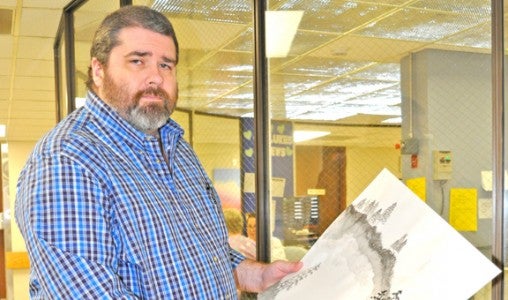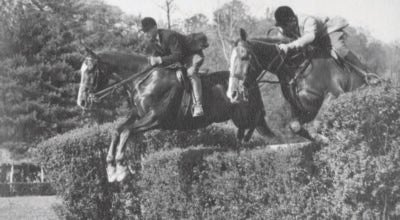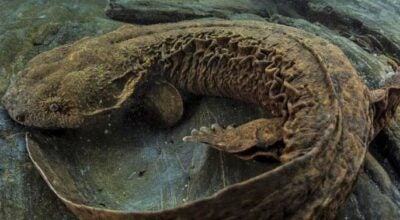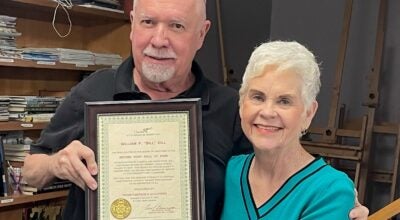Holleman artwork to be auctioned at St. Luke’s
Published 10:00 pm Sunday, April 20, 2014
James B. Holleman, MD, general surgeon with St. Luke’s Surgical Associates and Medical Director of St. Luke’s Hospital began painting and drawing at a young age. He won several awards in elementary and high school for pastel, pencil and charcoal drawing as well as oil and acrylic painting. After a rather long hiatus during college, medical school and surgical residency, he began Japanese ink painting as a meditative practice to overcome the rigors of medical practice, finding the technique more suitable to a life with minimal free time. He is completely self-taught and as a consequence, does not adhere strictly to all of the rules of sumi-e, but does have a good time doing it, which is really the point.
The art form of Japanese brush painting is spiritually rooted in Zen Buddhism. Its origins can be traced to China during the Tang Dynasty (618-907) and was imported to Japan by Buddhist monks in the thirteenth century. The influence of Taoist tradition on Buddhism in China led eventually to Zen Buddhism in Japan, with its focus on achieving a state of enlightenment through direct insight. The earliest practitioners of this art were highly disciplined monks trained in the art of concentration, clarity and simplicity. Contemporary sumi-e has continued the tradition of direct insight by adapting to more modern sensibilities while maintaining its meditative focus.
Sumi-e is the Japanese art of painting using only black ink. The treasures of this form are the ink (sumi), the ink stone (suzuri), the brush (fude) and the material to be painted on, usually paper (washi) or silk. Every action, from grinding the ink from a stick made from pine soot and glue on a stone to loading the brush and releasing the ink involves focus on the moment at hand. It has been said that the painter transfers his life energy (or chi in Chinese) into the ink and transmits it through the bamboo and hair of the brush to the paper to produce nearly infinite shades of black and gray. Mastering the nuances of black ink is often more difficult than painting with color, and once the ink is released there is no opportunity for adjustment. The goal is to capture the spirit of the subject matter, usually nature itself, and not its exact likeness. The nothingness of blank paper is as important, if not more important than the actual ink. The words of Miles Davis with regard to music, “Don’t play what’s there, play what’s not there” apply equally to the art of black ink and empty space.
The showcase will be open to the public in the St. Luke’s Hospital Classroom, Thursday, May 1, 7 a.m. – 5 p.m., and Friday, May 2, from 6 a.m. – 5 p.m. Proceeds from the art auction will benefit the St. Luke’s Hospital Clinical Fund.
The bidding process will close promptly at 5:01 p.m., Friday, May 2. Notification of bid awards will be made immediately at auction end. All artwork will be available for pickup Monday, May 5, from 8 a.m. – 5 p.m., unless special arrangements are made. Receipt of all artwork must be made no later than Friday, May 9. Payment must be cash or check; we are unable to accept credit cards for this auction. For additional information, contact Linda Karcanes at 828-894-0898.
– article submitted
by Kathy Woodham






